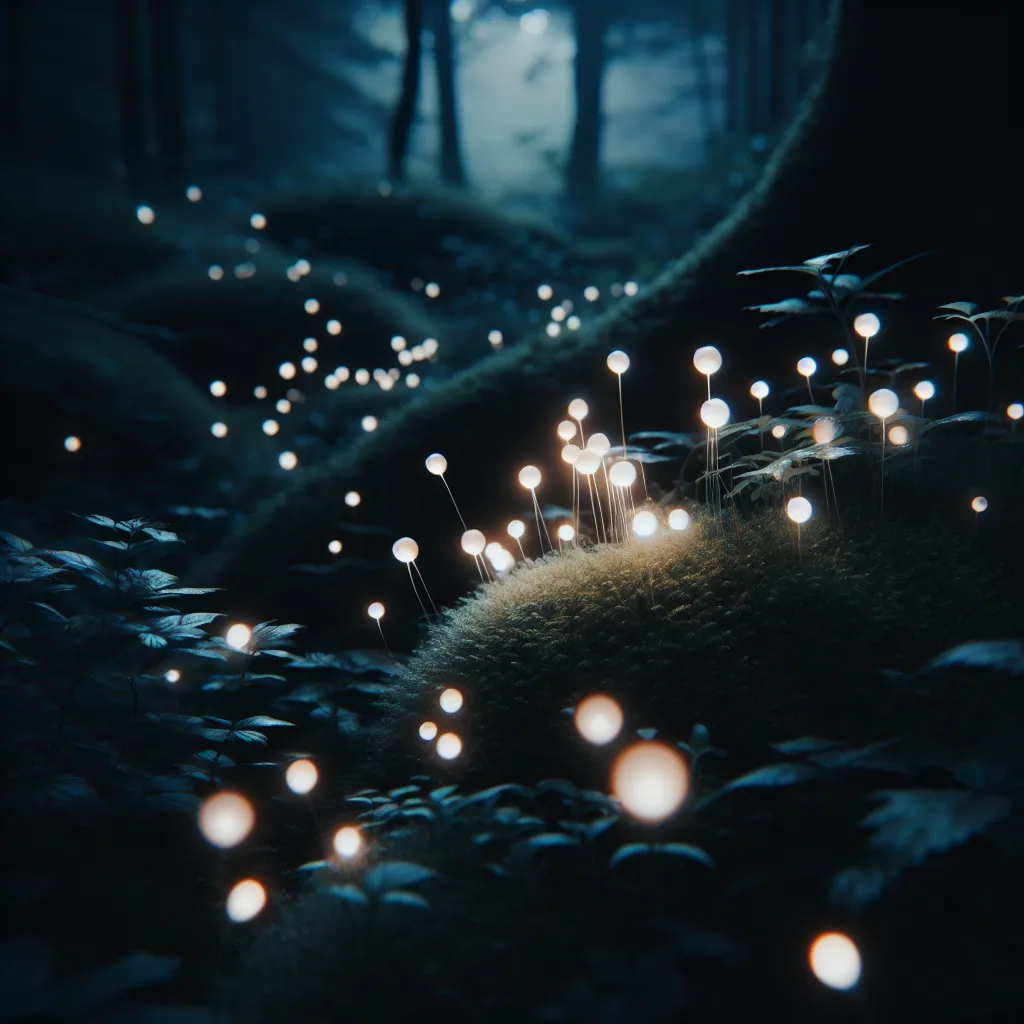The Science Behind Orbs in Photography
When we capture photographs, especially in low light conditions, we sometimes notice mysterious circular shapes known as orbs. These translucent, circular anomalies have spurred a great deal of speculation and debate. While some people believe that orbs are evidence of the supernatural, the scientific explanation is much more grounded. Orbs in photography are typically caused by the camera’s flash reflecting off of airborne particles such as dust, pollen, or moisture. When these particles are illuminated by the camera’s flash, they appear as fuzzy, circular shapes in the resulting image.
The science behind orbs in photography lies in understanding how light behaves when reflecting off small particles. When a camera’s flash goes off, it illuminates these tiny airborne particles, and the light is then reflected back into the camera’s lens. This reflection creates the appearance of orbs in the photograph. Additionally, factors such as the distance of the particles from the camera, the intensity of the light, and the aperture setting can all influence the size and appearance of the orbs in the final image.
Furthermore, the phenomenon of orbs in photography is not limited to traditional cameras. Even with the widespread use of smartphone cameras, orb-like artifacts can still appear in photographs taken in low light or with the use of a camera flash. Understanding the scientific basis for orbs in photography can help dispel misconceptions and promote a more rational interpretation of these intriguing visual phenomena.
Demystifying Orb Phenomenon: A Closer Look Through the Lens
The phenomenon of orbs in photography has sparked much speculation and debate. When capturing images in low light conditions using a digital camera, some photographers notice mysterious circular shapes appearing in their photos. These translucent, sometimes colored orbs can appear to float in the air, leading many to believe they are supernatural or paranormal in nature. However, a closer look through the lens of science and photography demystifies this phenomenon.
Orbs in photography are often the result of optical illusions caused by reflections, refractions, and diffractions of light within the camera lens and sensor. Dust particles, moisture, or other small particles in the air can also contribute to the appearance of orbs in photos. Additionally, the use of a camera’s flash or specific settings can exacerbate this effect, making the orbs more prominent in the final image.
Understanding the optical principles at play allows us to debunk the myth of orbs as supernatural entities. By critically analyzing the photographic environment and the technical aspects of the camera, photographers can gain a clearer understanding of how orbs are produced in their images. This knowledge empowers photographers to distinguish between natural optical effects and potentially genuine paranormal occurrences, ultimately leading to more accurate and informed interpretations of their photographs.
In conclusion, demystifying the orb phenomenon in photography involves recognizing the optical elements and environmental factors that contribute to their appearance. By taking a closer look through the lens, photographers can shed light on the mystery of orbs and appreciate the science behind these intriguing visual illusions.
Unraveling the Mystery of Orbs in Photography: Real or Illusion?
Unraveling the mystery of orbs in photography has been a subject of fascination and debate among photographers and paranormal enthusiasts alike. Orbs, those mysterious circular shapes that appear in photographs, have sparked discussions about whether they are real supernatural phenomena or merely optical illusions.
Photographers have encountered orbs in their images, especially when using flash photography in low-light conditions. These orbs can vary in size, color, and transparency, leading to speculation about their origins. Some attribute orbs to the presence of spirits or otherworldly energy, while skeptics argue that orbs are simply caused by dust particles, moisture, or reflections of light off nearby objects.
To understand the phenomenon of orbs in photography, it’s important to consider the science behind it. When light from a camera flash hits airborne particles or reflective surfaces, it can create the appearance of orbs in photographs. This optical illusion can be further magnified by camera settings, lens flare, and other environmental factors.
Researchers have conducted experiments to replicate orb-like effects using common airborne particles and have successfully demonstrated how easily these orbs can be created under controlled conditions. This evidence suggests that orbs in photography are more likely to be the result of natural factors rather than supernatural occurrences.
While the debate continues, it is crucial for photographers to approach the subject of orbs in photography with a critical eye. By understanding the potential causes of orbs, photographers can better differentiate between a genuine paranormal encounter and a mere trick of the light.
In conclusion, the mystery of orbs in photography remains a complex and intriguing subject. While some may cling to the belief in paranormal origins, the evidence points towards orbs being primarily a product of light and environmental conditions. Unraveling the truth behind orbs requires a balanced consideration of scientific principles and a discerning perspective.
How Optical Illusions Play a Role in Capturing Orbs in Photography
When it comes to photographing orbs, understanding the role of optical illusions is crucial. Orbs captured in photographs are often attributed to optical illusions caused by specific conditions during the photo-taking process.
One of the key factors influencing the creation of orbs in photography is the interaction between camera flash and airborne particles such as dust, moisture, or pollen. When these particles are illuminated by the flash, they appear as bright spots in the image, creating the illusion of orbs. This phenomenon is a classic example of how optical illusions can lead to the misinterpretation of photographic anomalies.
Furthermore, the camera’s aperture and focal length also play a role in the formation of orbs. An out-of-focus light source or reflective surface can appear as a spherical shape in the final image, adding to the orb illusion. Understanding these optical effects is essential for debunking supernatural claims associated with orb photography.
In conclusion, optical illusions significantly influence the capture of orbs in photography. By recognizing the role of these illusions, photographers can better explain the science behind orb images and educate the public about the natural causes behind this phenomenon.

